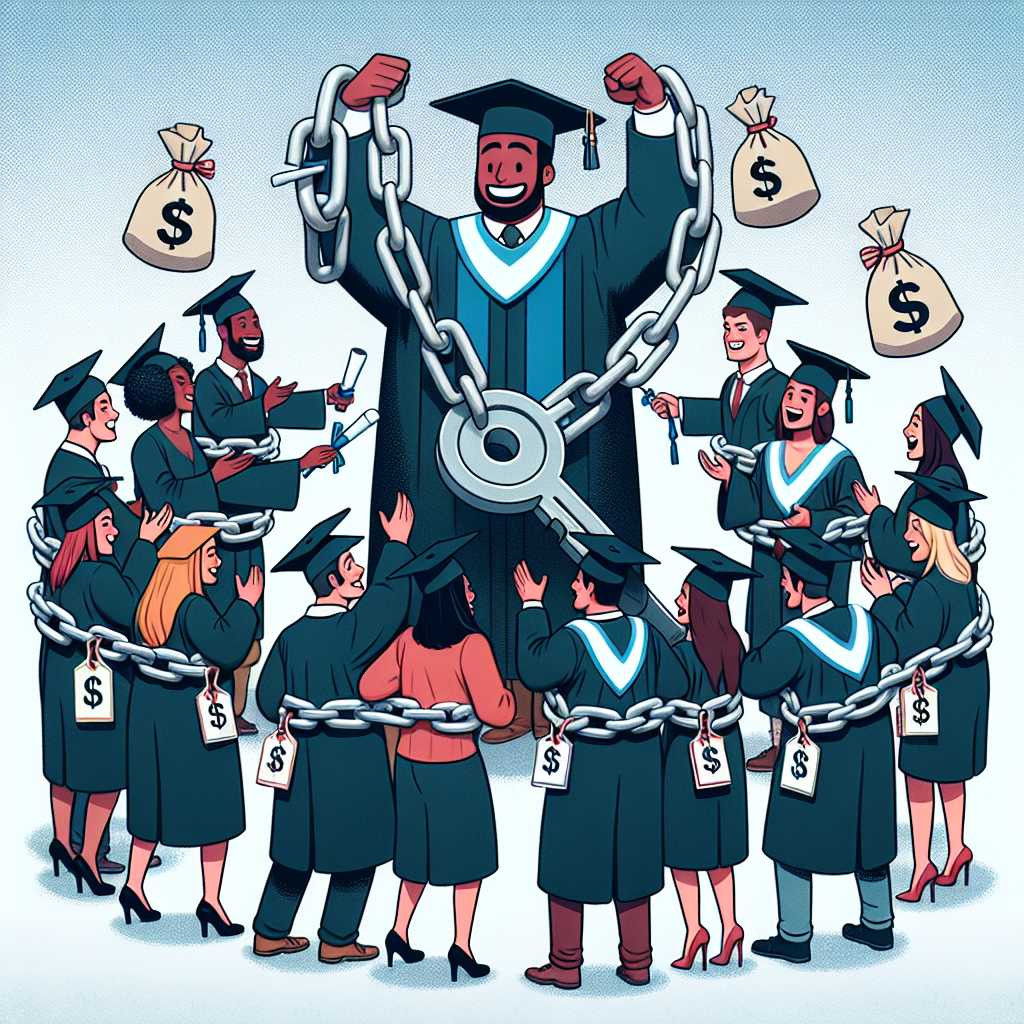Understanding the Biden Administration’s Approach to Student Loan Forgiveness
Since taking office, President Joe Biden has embarked on an ambitious campaign to address the escalating student debt crisis in the United States. Alleviating the financial burden for millions of Americans who have been struggling with insurmountable student loan debts has become a focal point of his administration’s agenda. Through various student loan forgiveness initiatives and proposals, the Biden administration aims to provide relief to borrowers.
The Impact of Student Debt in America
The nation’s cumulative student loan burden stands as a colossal economic challenge with widespread implications. As of early 2023, about 45 million borrowers owe nearly $1.7 trillion in federal student loan debt – a figure that has ballooned over several decades due to rising higher education costs and the proliferation of loan programs meant to promote access to college.
Stemming from the recognition that excessive student debt hampers economic growth, limits opportunities for homeownership, and exacerbates socio-economic inequalities, the loan forgiveness programs proposed under President Biden aim to tackle these issues head-on.
The Student Loan Forgiveness Plan Under Biden’s Presidency
Upon assuming office, President Biden promptly reinstated a pause on federal student loan repayments—a policy initially enacted during the COVID-19 pandemic to ease financial stress on indebted graduates. Additionally, he voiced support for congressional actions to forgive up to $10,000 in federal student loans per borrower.
However, through executive action, the administration subsequently proposed an even more ambitious plan. The sweeping proposal offers up to $20,000 in debt cancellation for Pell Grant recipients and up to $10,000 for other borrowers. Acknowledging socioeconomic disparities, these forgiveness amounts are available to individuals earning less than $125,000 per year or households earning less than $250,000.
Qualification Criteria and Implementation Challenges
To benefit from the above initiative, borrowers are expected to prove their eligibility based on income thresholds and loan types. Alongside this large-scale forgiveness effort, the administration also plans robust changes to existing repayment plans, streamlining forgiveness programs (such as Public Service Loan Forgiveness), and cracking down on for-profit colleges that have led many students into unmanageable debt without providing valuable job prospects.
This program’s path hasn’t been smooth—legal challenges have arisen questioning the executive branch’s authority to unilaterally forgive debt without congressional approval. A heated political debate continues over the fairness and fiscal responsibility of mass debt forgiveness funded by taxpayer dollars.
Opposition and Support: National Debate Over Forgiveness Measures
As with any substantial policy change, opinions on student loan forgiveness vary widely across the political spectrum. Some argue that cancelling student debt is transformational social policy that will correct long-standing inequities and bolster economic activity. Others fear it creates a moral hazard, sends the wrong message about personal financial responsibility, and unfairly shifts the burden from borrowers to taxpayers as a whole—including those who never attended college or worked hard to pay off their loans.
Advocates point out that cancellation could disproportionately benefit minority groups who have less generational wealth and are more often targeted by predatory lending practices. Critics emphasize that high-income professionals—who may have incurred large debts but also have substantial earning potential—stand to benefit significantly from blanket forgiveness policies.
Notes
*Image description: A diverse group of college graduates wearing caps and gowns stands confidently together—their happiness contrasting with the symbolic weight of invisible but pervasive chains labeled ‘student loans’ that seem to shackle their ankles—which a figure resembling President Joe Biden has begun to unlock with an oversized key designed with the dollar sign symbol.*
